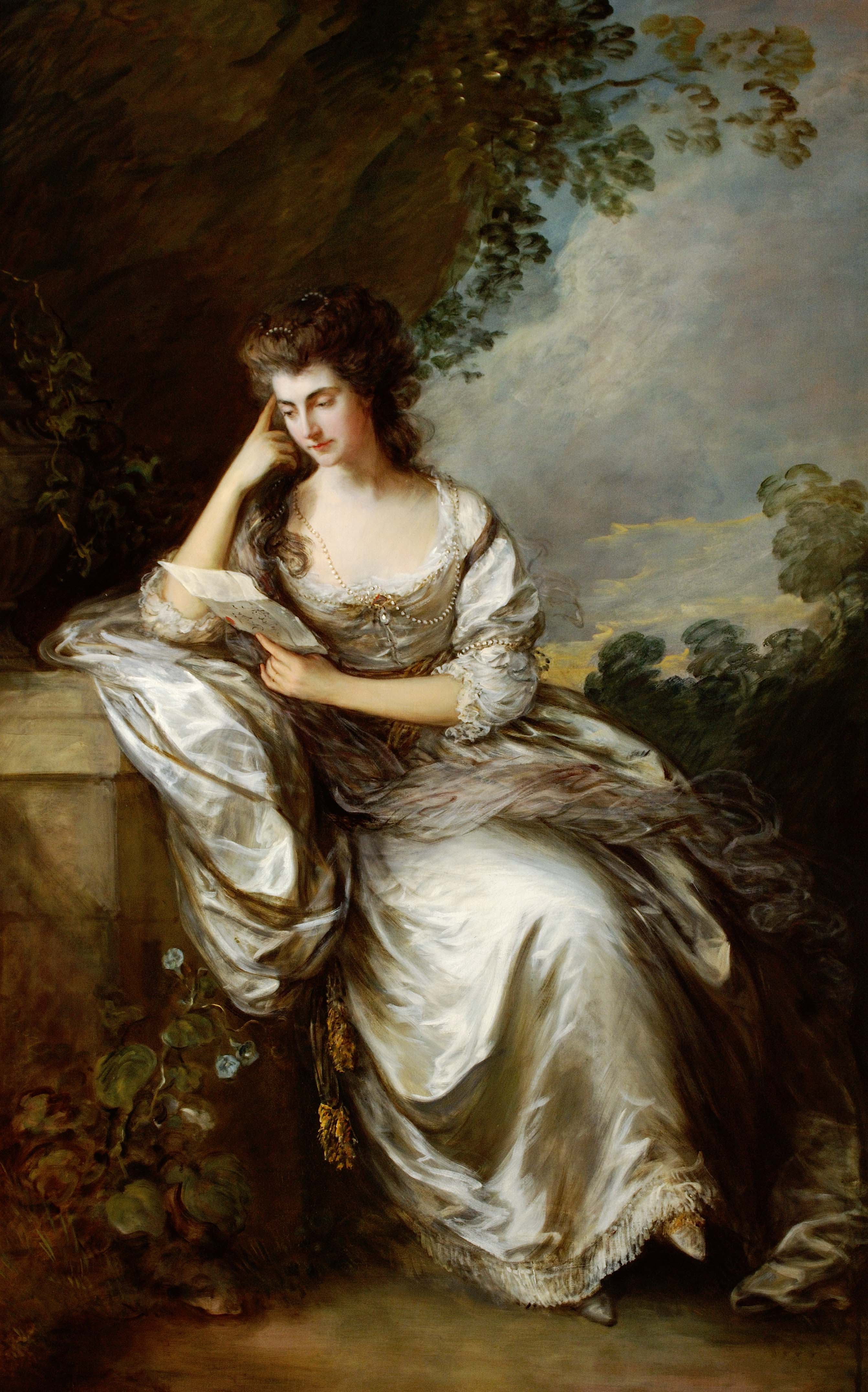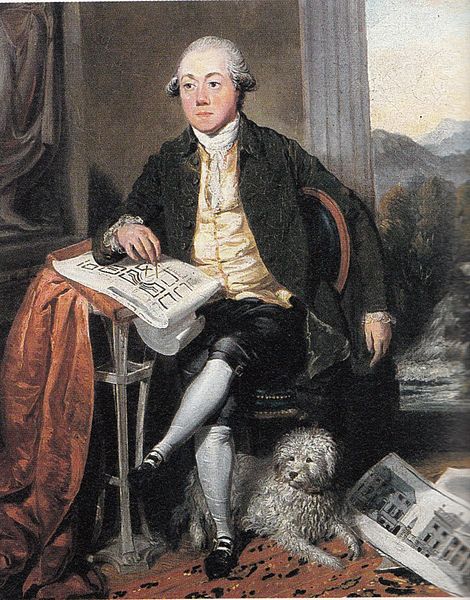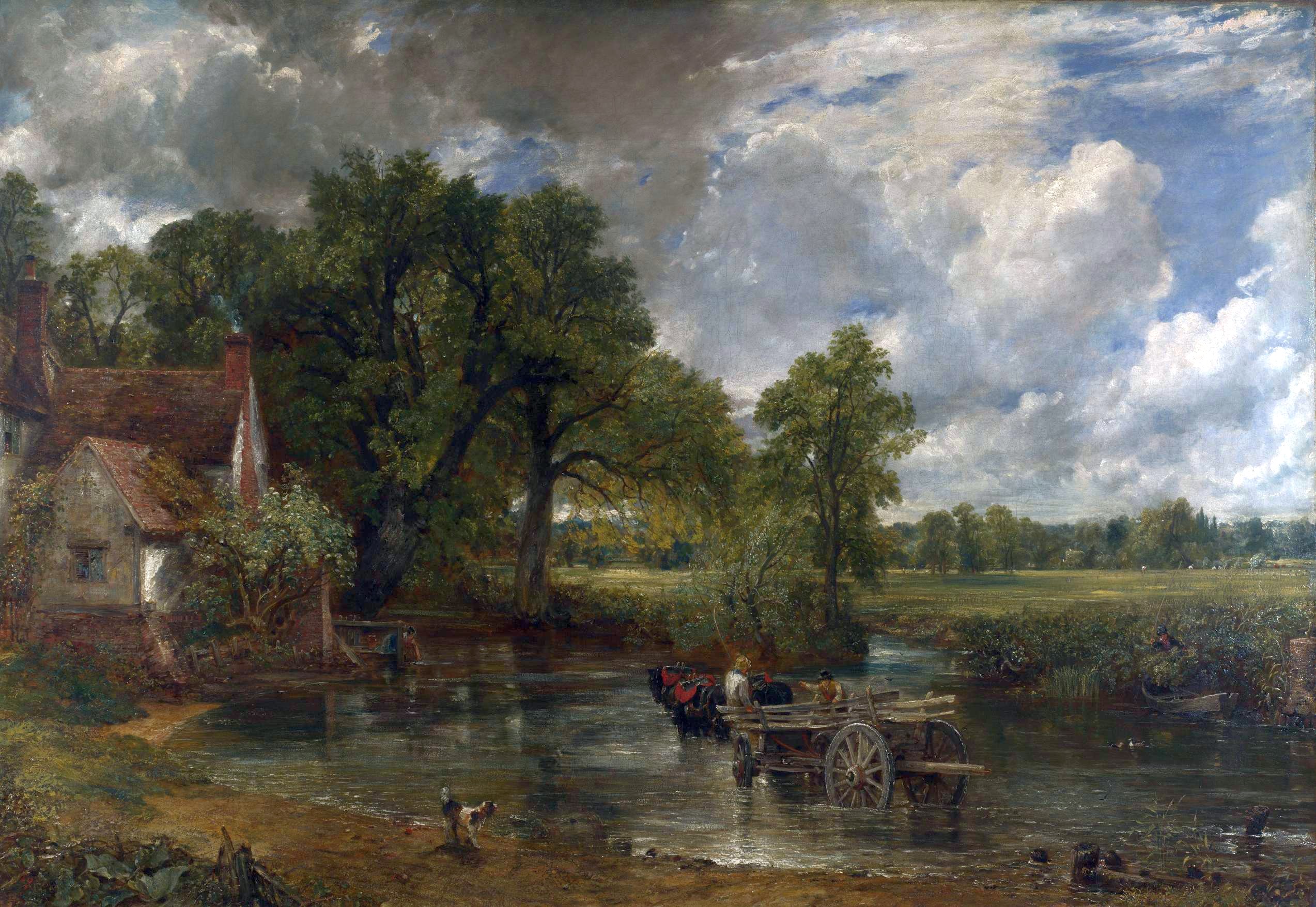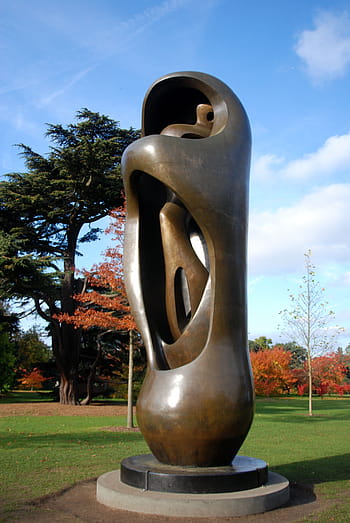Suitable for intermediate CEFR B1+
1:1 tutoring has several advantages over group
study. Firstly, 1:1 tutoring is a
personal experience between you and the tutor, and for this reason one-to-one
tutoring can be much more focused and versatile than learning in a group
setting.
So let’s look in more detail at some of the reasons why you
might choose one-to-one private tutoring over group English lessons.
1. A personal learning experience
In group classes, teachers have to ensure that
every learner in the class is familiar with the concepts and subject of the
lesson. This process means that teachers often have to recap language that some
students already understand or can use well. A major benefit of 1:1 tutoring is that your tutor can develop an individual learning plan that
focuses on improving weaker areas rather than revising what you are already
good at. Equally, if you are having trouble with understanding something you
tutor can spend more time explaining and help you to practise until you are
more comfortable with new concepts. 1. A personal learning experience
2. Course & content co-creation
Choosing 1:1 tutoring means working
together with your tutor to plan your learning and decide the content of your
lessons. Ultimately, this can make learning English more interesting as content
can be tailored specifically to topics that you enjoy, and allows you to work
towards specific contexts you need the language for. Your tutor can also build
a structure into your lessons that suit your learning preferences, and set
homework that will build your language skills more quickly.
As a private learner you are always encouraged
to share your perspectives on what is covered during your lessons, how it’s
covered and why it’s covered. This way there’s no need to sit through any
lessons or content you feel are not the most beneficial for you, or don’t match
exactly what you’re looking for. It can also improve your motivation if you
feel empowered and actively responsible in your own learning journey.
3. Learn fast with less distraction
With 1:1 tutoring your tutor is always
there to keep you focused and engaged in the lesson. There are no distractions
created by others in the class, which allows you to use your time most
effectively and achieve your learning objectives faster. Although private
tuition is typically more expensive than learning in a group, you might find
that fewer lessons are needed overall and that means you get more for your
money.
4. No peer pressure
If you’re a shy person or new to learning
English you might feel self-conscious speaking in front of others or be afraid
to ask for help for fear of what others might think. 1:1 private tuition
offers a safe, private space for you to learn entirely at your own pace,
without worrying about who else is listening. A good teacher will be responsive
to your needs and do everything they can to help you overcome any challenges.
 With private tuition you don’t have to change your schedule or
miss out on work to make a class. As private tutoring is now available online
through your laptop or mobile device, you have the freedom to learn whenever
and wherever you want!
With private tuition you don’t have to change your schedule or
miss out on work to make a class. As private tutoring is now available online
through your laptop or mobile device, you have the freedom to learn whenever
and wherever you want!...but is it all good?
A good way to get around this is to take group classes with 1:1 lessons a couple of times a month, or as often as you like, to focus
on those areas that you need some help with.
Do you have experience with 1:1 English tutoring? What was your experience like?
If you’re thinking about private
tutoring and would like to give it a try, ask me about a free 15-minute trial
session. Do you have experience with 1:1 English tutoring? What was your experience like?



















